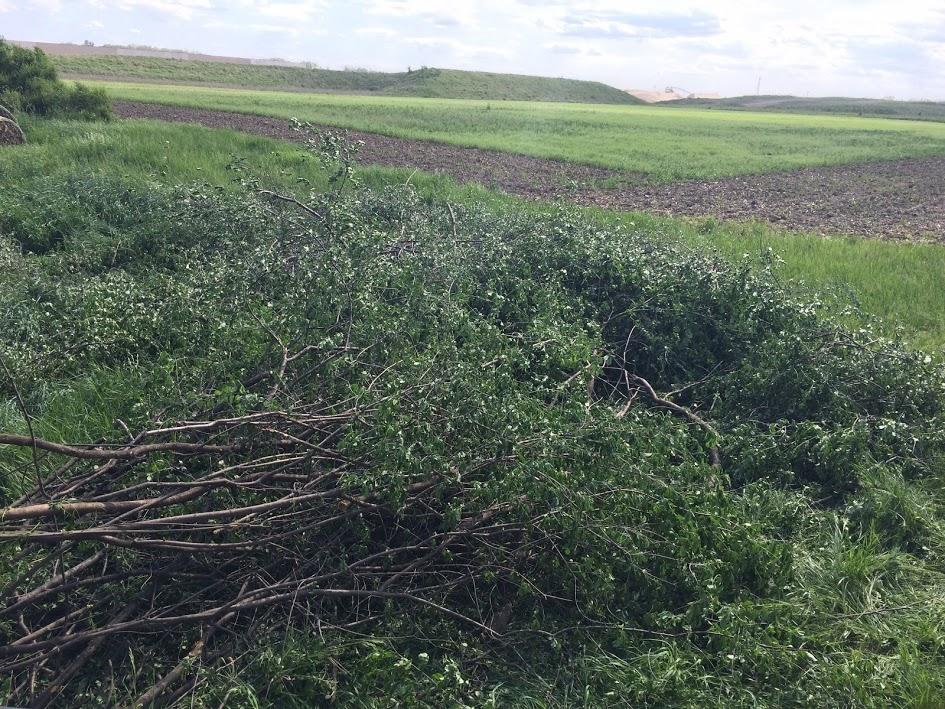Overview
Common buckthorn (Rhamnus cathartica), native to Eurasia, is a highly aggressive invasive woody shrub species that is a key host plant for overwintering soybean aphids (Aphis glycines) in Minnesota. In just over a decade, soybean aphid has quickly become one of the most serious pests of soybean in the Midwest, the northeastern US, and southeastern Canada. This has resulted in a 130-fold increase in the use of insecticides to manage for soybean aphid. Soybean aphids have a complex life cycle with the aphid overwintering as eggs on buckthorn in forests, woodlands, and hedgerows. The eggs then hatch in the spring and after a period of time fly to neighboring soybean fields, where they can reduce soybean yield and quality.
The Healthy Forests, Healthy Farms project started in 2017 with the research focusing on the relationship between buckthorn density and soybean aphid populations. The one-acre treatment area in this case study is one part of a project involving 23 other fields. Based on location and practicability a stand adjacent to an agricultural field at the Rosemount Research and Outreach Center was chosen to have all buckthorn removed from within 100 feet of the soybean field. The data will then be analyzed and compared against fields where buckthorn was not removed. From this research, management treatments and educational outreach opportunities will be developed. The project team has noticed a strong interest from stakeholders in understanding the relationship between buckthorn and soybean aphid, management options for buckthorn that could impact soybean aphid populations, and broader ecological impacts of buckthorn in growers' woodlands. This project represents an interdisciplinary approach to improving quality and quantity of soybean yield for farmers by managing buckthorn in Minnesota.
Silviculture Objective(s)
Soybean aphid has quickly become one of the most damaging pests of soybean in the Great Lakes Region, negatively impacting soybean yields and quality. Soybean aphid requires the invasive buckthorn shrub to overwinter and complete the aphid's life cycle. Strategies to manage soybean aphid have generally focused on treatments within the soybean field. There has been less research exploring the potential to manage buckthorn populations to reduce impacts from soybean aphid.
Pre-treatment stand description and condition
Stand establishment and management history:
Pre-treatment growth and stocking:
Pre-treatment conditions are for the Rosemount area as this specific stand was not used last year due to the rotation of soybean and corn crops.
Stand BA: 117 sq ft/ac
Overstory TPA: 180 TPA
Average height: 55 ft
Overstory species diversity: 4
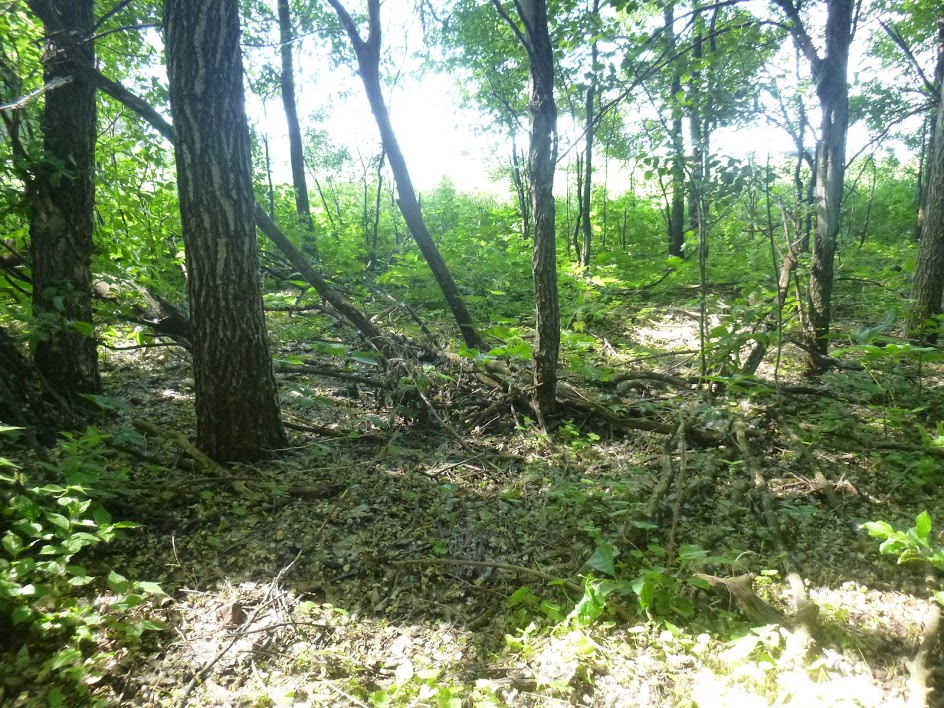
Figure 1. Pre-treatment look at the understory
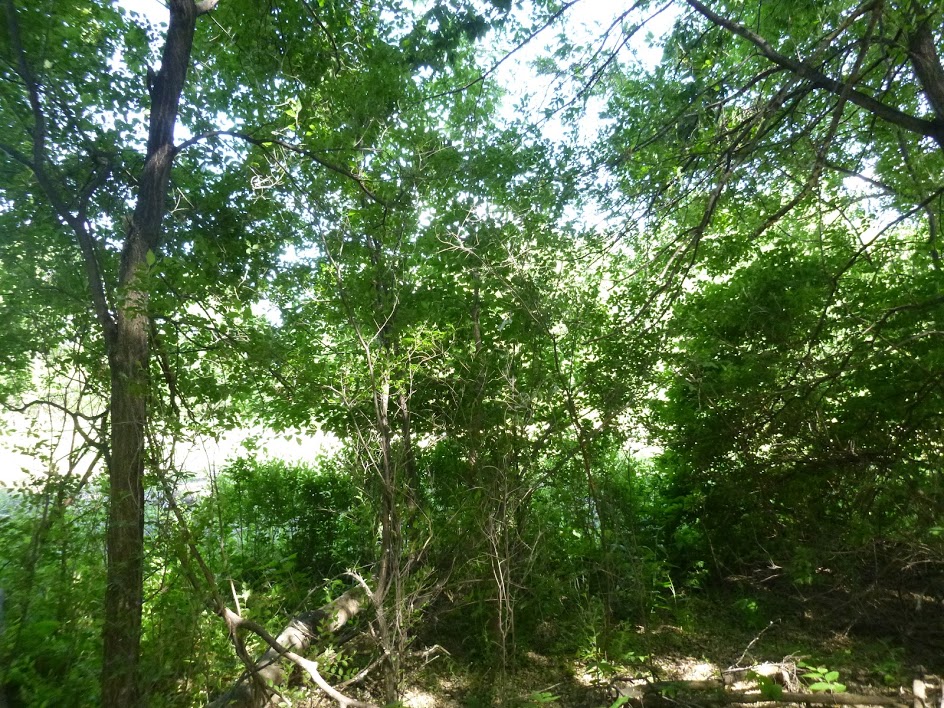
Figure 2. Another look at the pre-treatment conditions, directly adjacent to a field.
Pre-treatment forest health issues:
Buckthorn abundance is about 6000 stems per acre.
Silviculture Prescription
Remove all buckthorn within 100 feet of the soybean field using the cut & spray method.
Mechanical methods will be utilized with a Stihl FS 260 brushsaw modified with a Renegade Razor blade and metal limit stop for large stems (>2") while handsaws will be used for smaller stems.
Following the cut all stumps will be sprayed with Triclopyr with a concentration of 18%.
All buckthorn is to be removed; this is more for aesthetic purposes.
What actually happened during the treatment
A total of 602 buckthorn stems were removed from the site in the summer of 2018. The majority of the buckthorn removed was an inch or greater in size.
In fall 2018, the buckthorn stems were girdled. This treatment was conducted in the fall in anticipation of the aphids laying their eggs in spring. The girdling was successful. It took three employees maybe 6 hours each to complete it. Some of the larger stems (>3") and stems that were clumped (3-6 stems per clump) were time consuming to kill, but reconnaissance in spring 2019 showed that girdling was successful in killing stems, though there was some resprouting below the girdle.
Data from the spring reconnaissance shows that there were 7700 (+/- SE 2885) stems per acre of buckthorn and most were able to be pulled by hand. Further data is currently being processed.
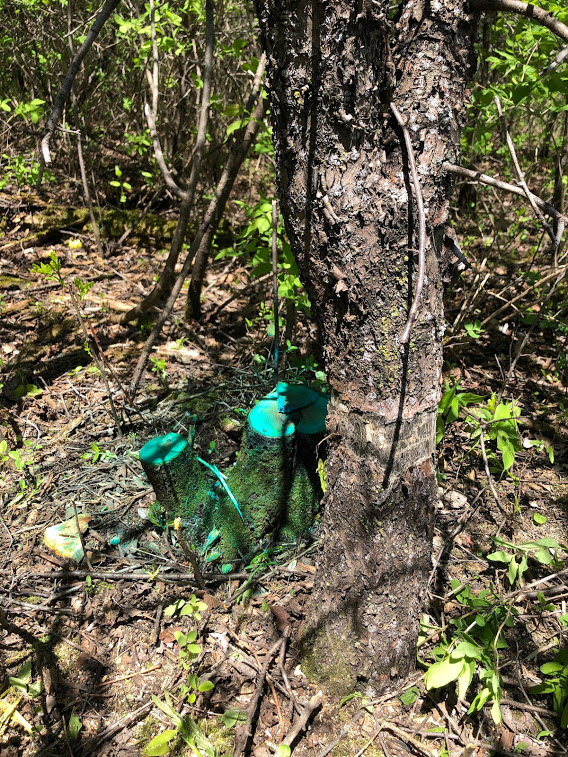
Figure 3. Recall that blue dye was added to the herbicide to denote which stumps had been sprayed.
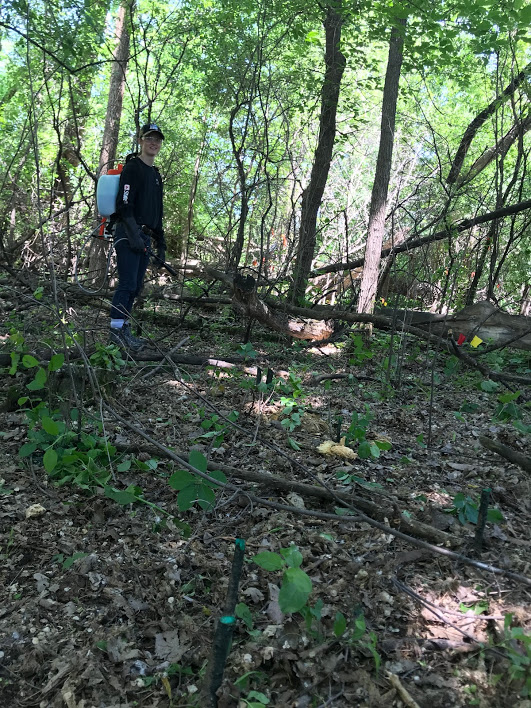
Figure 4. Herbicide spraying in action. Triclopyr was used with a concentration of 18%.
Post-treatment assessment
Handsaws or chainsaws could also be used with similar effectiveness; chainsaws in particular would probably take less time than a brushsaw when dealing with large stems.
Costs and economic considerations
This project is funded by Minnesota Soybean.
Table 1. breaks down the different costs for the labor and equipment involved in this project.
| Description | Quantity | Cost ($) | Total ($) |
| Labor | 9 | 126.00 | 1134.00 |
| Backpack Sprayer | 1 | 85.00 | 85.00 |
| Herbicide | 1 | 65.00 | 65.00 |
| Loppers | 3 | 32.00 | 96.00 |
| Hand Shears | 1 | 10.00 | 10.00 |
| Vehicle | 1 | 73.20 | 73.20 |
| Gloves | 1 | 30.00 | 30.00 |
| Blue Dye | 1 | 24.00 | 24.00 |
| Total | 1517.20 |
Based on these methods and numbers it cost $1,517.20 per acre of buckthorn removal. This does not include the cost of a brushsaw; the one used for this project cost about $1,000.
A total amount of 72 hours was spent working on the removal of the buckthorn.
Other notes
Blue dye was added to the herbicide as a way to mark what stumps had been sprayed (figure 3).
The Healthy Forests, Healthy Farms project was funded by the Minnesota Soybean Research and Promotion Council.
This case study was developed with support from the United States Department of Agriculture's National Institute for Food and Agriculture (USDA-NIFA), Renewable Resources Extension Act (RREA). Project #MIN-44-E02, principal investigator Eli Sagor, University of Minnesota.
Summary / lessons learned / additional thoughts
I would definitely use a chainsaw for larger stems, as it was a lot for the brushsaw to handle which increased the amount of time it took. I would say count on multiple years of buckthorn removal, as the regeneration reports show that there are resprouts and new sprouts from seed. Buckthorn management does not consist of a single management event but rather it is a constant battle and following an intensive first removal subsequent treatments should look at managing the buckthorn regeneration as well as occupying the growing space with native species to compete with the buckthorn and hinder its ability to establish and proliferate.
Submitted by
Brian Anderson
Lane Moser
Lane got his passion for silviculture over the course of achieving his B.S. and M.S. in forestry from the University of Minnesota. He has worked at the Sustainable Forests Education Cooperative since early 2022. Lane is also currently pursuing a PhD at the University of Minnesota; his specialization and research interests include both silviculture and soil health and structure, particularly as they relate to the aspen cover type.
